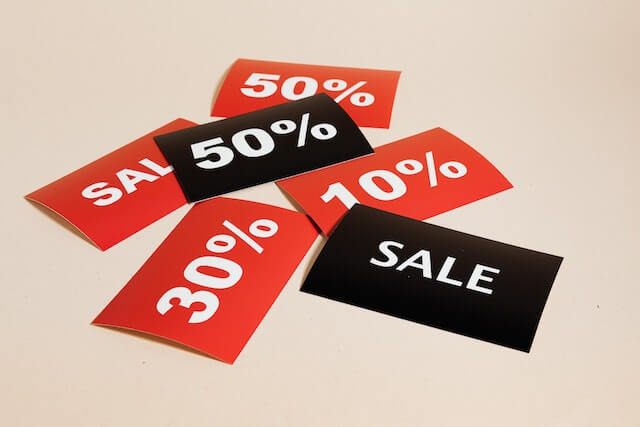Are you noticing a decline in engagement from some of your email subscribers? It’s not uncommon for subscribers to become disengaged over time, but that doesn’t mean you have to say goodbye to them. Instead, consider running a re-engagement email campaign to win back those inactive subscribers. In this blog, we’ll guide you through the process of creating an effective re-engagement campaign that can breathe new life into your email marketing efforts.
Step 1: Identify Inactive Subscribers
Before you can re-engage your subscribers, you need to identify who they are. Start by defining what “inactive” means for your business. It could be subscribers who haven’t opened your emails in the last 90 days or those who haven’t made a purchase in the last six months. Segment your email list to isolate these inactive subscribers.
Step 2: Craft a Compelling Re-Engagement Email
Your re-engagement email should be attention-grabbing and persuasive. Here’s what to include:
Engaging Subject Line: Create a subject line that sparks curiosity or plays on the subscriber’s emotions. For example, “We Miss You!” or “Exclusive Offer Inside – Just for You.”
Personalization: Address the subscriber by name. Show that you value their individual connection with your brand.
Rekindle the Relationship: Remind them of the benefits of being a subscriber. Share the value they’ve received from your emails or products in the past.
Exclusive Offer: Offer an incentive to re-engage. This could be a discount, freebie, or early access to a new product.
Clear Call to Action (CTA): Encourage them to take a specific action, like clicking to visit your website or making a purchase. Make the CTA stand out.
Opt-Out Option: Include a clear way for subscribers to opt-out if they’re no longer interested. It’s better to have a smaller engaged list than to keep sending emails to disinterested recipients.
Step 3: Create a Sense of Urgency
Use urgency to motivate inactive subscribers. You can include limited-time offers or deadlines in your re-engagement emails. For example, “This offer expires in 48 hours!” This creates a fear of missing out (FOMO) and encourages immediate action.
Step 4: Send a Series of Emails
One re-engagement email might not be enough to win back all inactive subscribers. Consider sending a series of emails over several weeks. These emails can gradually increase the incentive or urgency. For instance, the first email may offer a 10% discount, and the second email can bump it up to 15%. Be sure to remind them of the value they’ll receive by staying engaged.
Step 5: Monitor Engagement
Pay close attention to how your subscribers respond to the re-engagement emails. Track open rates, click-through rates, and conversion rates. If some subscribers remain unresponsive after the entire re-engagement series, it might be time to consider removing them from your list.
Step 6: Analyze Results and Adjust
After the re-engagement campaign, analyze the results. Take note of how many subscribers re-engaged and the impact on your overall email marketing performance. Use this data to refine your future email campaigns and continue to nurture and engage your active subscribers.
Conclusion
A re-engagement email campaign is a powerful tool to revive your relationship with inactive subscribers and breathe new life into your email marketing efforts. By carefully crafting compelling re-engagement emails and offering incentives, you can win back subscribers who may have otherwise slipped away. Remember that not all subscribers will re-engage, but those who do can become some of your most loyal customers. Start your re-engagement campaign today, and watch your email list flourish with rekindled connections.
Join the Email Marketing Revolution for FREE!
Are you ready to take your email marketing to the next level? Sign up for FREE today with Zagomail and unlock a world of possibilities to supercharge your email campaigns. Don’t miss out – get started now!





